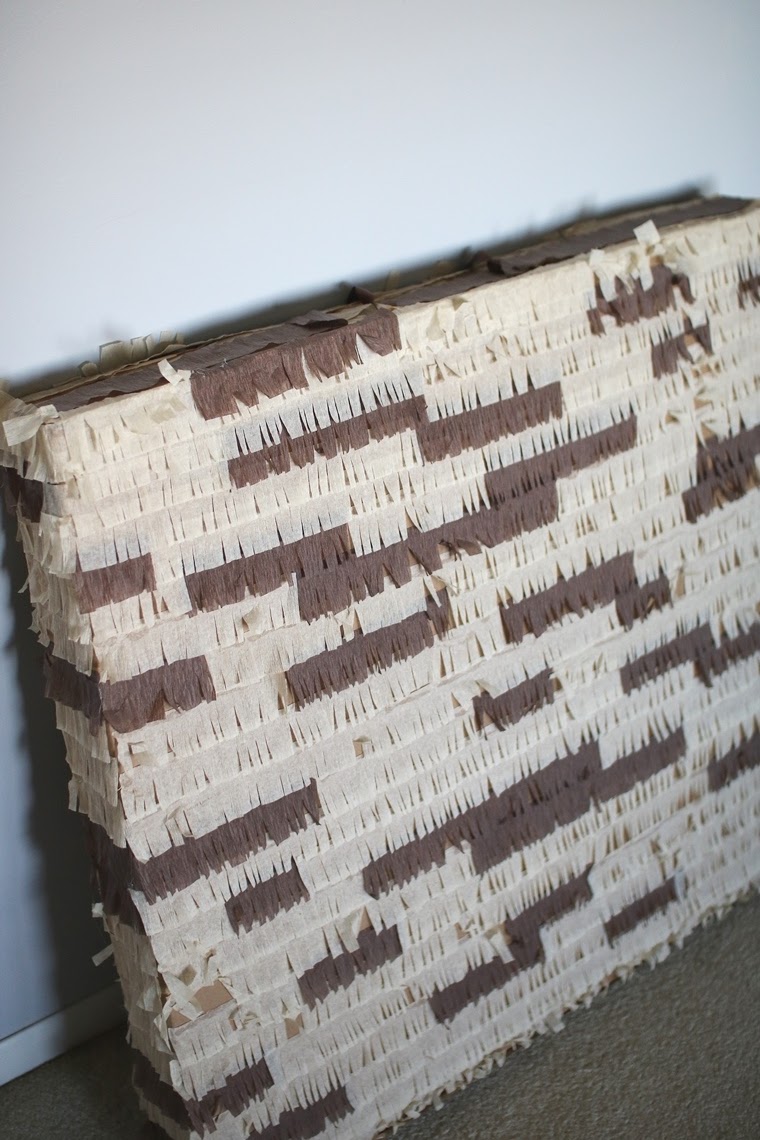This simple DIY project will add some fun to your household during Passover and the Feast of Unleavened Bread! While all of the Biblical holidays are spiritually significant times, they are also times of celebration and joy. Don't be afraid to do some things that are just for fun to commemorate these times of our Creator. Making this pinata can be a good activity during the week of Unleavened Bread, or do it ahead of time for decoration. Filled with candy, stickers, or small toys it would make a memorable highlight for a congregational or group celebration of Passover or Unleavened Bread.
What you need to make an Unleavened Bread pinata:
-a thin, square cardboard box (mine was about 33 inches square, and four inches thick, but feel free to make it smaller)
-hot glue gun and glue sticks
-cream and brown crepe paper
-ribbon
-candy, stickers, toys or other small prizes
To make the pinata:
If you're filling it, carefully cut a small opening in a side or the top. It just needs to be large enough for you to put in your candy and prizes if you're doing that. Fill roughly halfway with goodies, then tape over the hole before proceeding.
Cut fringe into the bottom half of your crepe paper. Starting at the bottom of the box, hot glue strips of the crepe paper to the box. Mixing up the cream and brown paper is what makes this pinata resembled boxed matzo. Once the bottom is done, hot glue the next strip just above it so there is no box exposed between the two layers. Do this all the way to the top and then work on the sides and back. While this process is straightforward, it can get repetitive (especially if you are using a large box), so this is a great time to enlist help from your kids or be sure to put on some music or a teaching.
When you get to the top, hot glue a two-foot ribbon on both ends to the middle of the box. This is what you'll use to hang the pinata from, if you wish to hang up for decoration or for whacking down to get at the prizes. Consider the weight of the prizes and reinforce the ribbon with extra glue or tape if needed.
There you have it: a piece that's sure to get everyone smiling at your Unleavened Bread celebrations! This is easy to make, with inexpensive materials that aren't hard to find and are environmentally friendly. Even if you're not up for bashing in all of your hard work this is still a fun decoration or photo prop!
Related posts:
Celebrating the First and Last Days of Unleavened Bread
Kids Crafts for Passover, Unleavened Bread, and First Fruits
In Remembrance of the Messiah - Passover Pictures
.jpg)
.jpg)


























